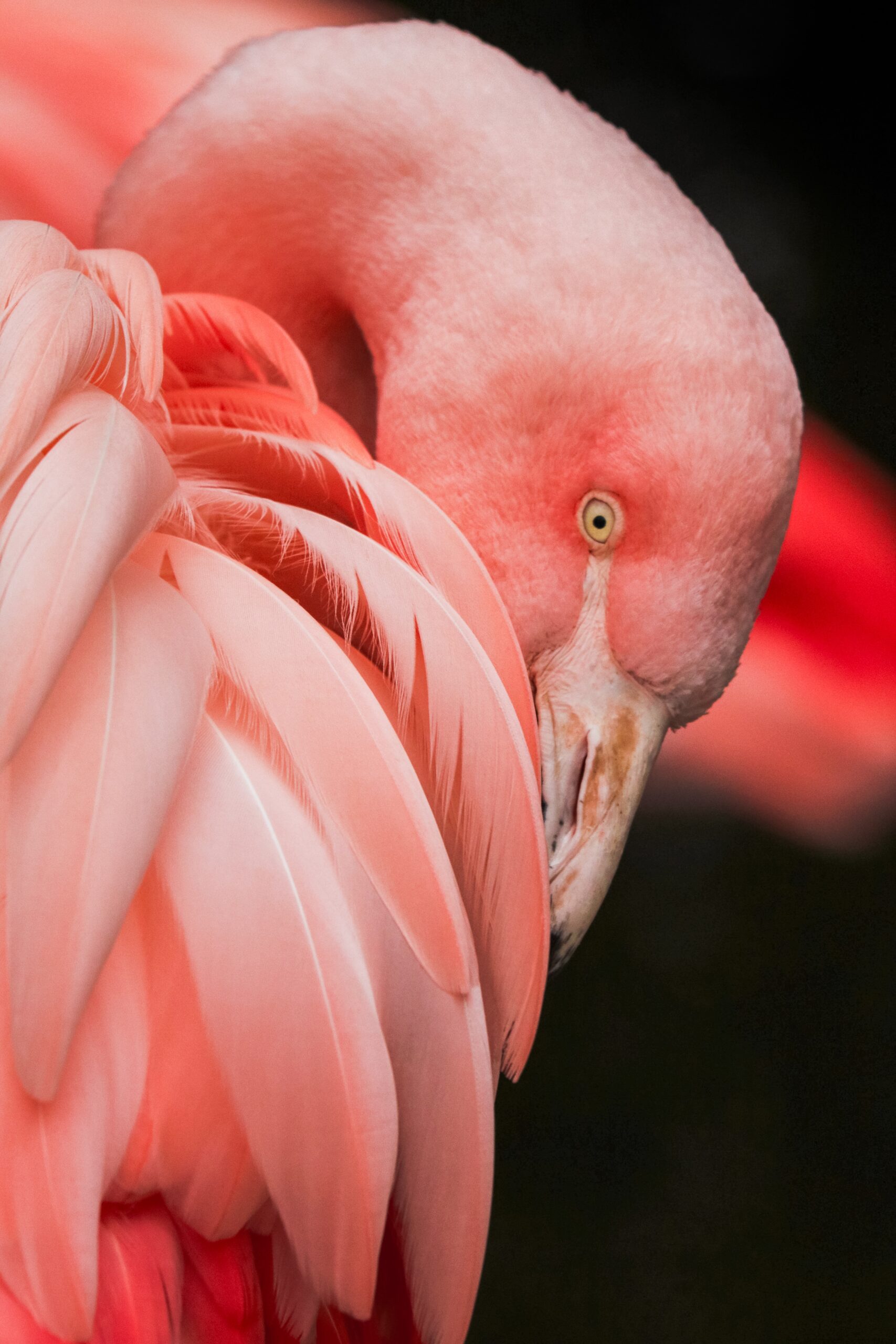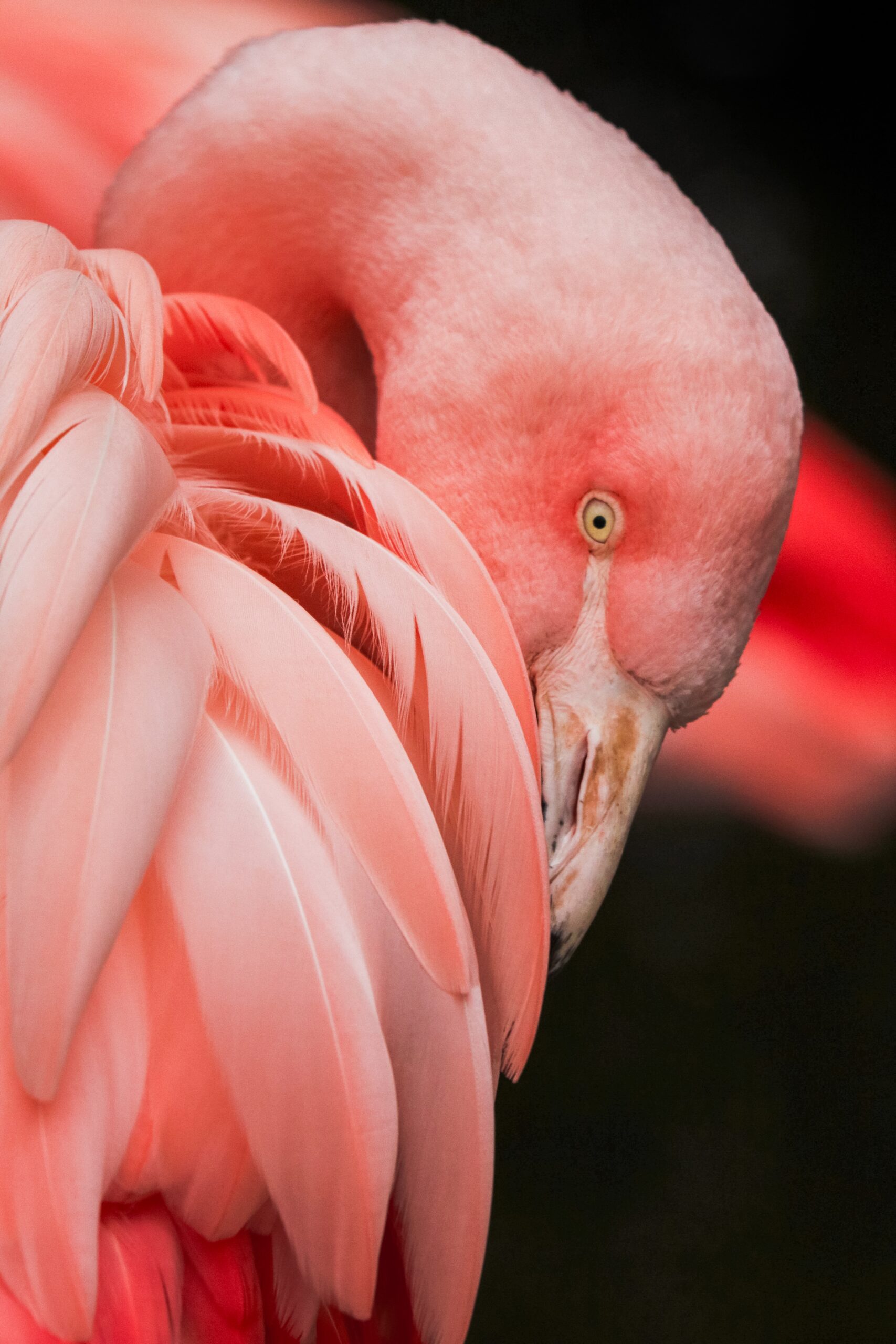Parakeets, commonly known as budgerigars, are popular pet birds renowned for their vibrant colors and charismatic personalities. You may have recently found yourself wondering if these delightful creatures are capable of laying eggs without the presence of a male.
In this informative article, we will explore the fascinating reproductive capabilities of parakeets, shedding light on the possibility of parthenogenesis in these avian beauties. Join us as we delve into the world of parakeet reproduction, uncovering the secrets behind this intriguing phenomenon.

Can Parakeets Lay Eggs Without a Male?
Parakeets, also known as budgerigars, are social and intelligent birds that are often kept as pets. One common question among parakeet owners is whether these birds can lay eggs without mating with a male. In this article, we will explore the reproductive system of parakeets and discuss the possibility of parakeets laying eggs without a male’s involvement.
The Reproductive System of Parakeets
To understand whether parakeets can lay eggs without a male, it is essential to grasp the basics of their reproductive system. Parakeets, like other birds, have a unique reproductive anatomy that enables them to produce eggs. Female parakeets have a pair of ovaries, located near the top of their abdomen, which play a crucial role in egg production.
The Role of Males in Parakeet Reproduction
In parakeet reproduction, males play a crucial role in fertilizing the eggs. Male parakeets have testes, which are responsible for producing sperm. During mating, the male transfers sperm to the female’s reproductive tract, a process known as insemination. Fertilization occurs when the sperm meets the egg in the female’s reproductive tract, leading to the development of viable embryos.
Instances of Parakeets Laying Eggs Without Mating
While the majority of parakeet eggs are the result of mating between a male and a female parakeet, there have been rare instances of parakeets laying unfertilized eggs without any male involvement. This reproductive phenomenon, known as parthenogenesis, is a natural phenomenon found in certain species.
Understanding Parakeet Reproduction
To comprehend why parakeets may lay eggs without a male, it is necessary to delve into the normal processes involved in their reproduction. Female parakeets experience hormonal triggers that stimulate egg production. These hormonal changes, often influenced by external factors such as seasonal changes or availability of resources, lead to the development of mature eggs in the female’s ovaries.
Hormonal Triggers in Female Parakeets
Female parakeets, like most birds, are highly sensitive to changes in their environment and undergo hormonal fluctuations that regulate their reproductive cycle. These changes are often associated with increased daylight, temperature variations, and food availability. When these factors align and create favorable conditions, the female parakeets’ hormones signal the reproductive system to begin egg development.
Ovulation and Egg Development
Once the female parakeet’s hormones trigger the reproductive process, the ovaries release a mature egg through a process called ovulation. The egg moves down the reproductive tract and into the cloaca, where it awaits fertilization. If fertilization occurs, the egg begins to develop into an embryo. However, if the egg remains unfertilized, it may still be laid by the female parakeet.
The Need for Mating for Fertilization
While female parakeets are capable of producing eggs without mating, these eggs are typically not fertile. In order for the eggs to be fertilized and develop into viable offspring, they need to come into contact with sperm from a male. Mating allows the transfer of sperm to the female’s reproductive tract, where fertilization takes place and initiates embryo development.
Parthenogenesis in Parakeets
Parthenogenesis is a reproductive phenomenon that occurs when an embryo develops from an unfertilized egg. While parthenogenesis is more commonly observed in reptiles and some insect species, it has been documented in birds, including parakeets. Parthenogenesis allows female birds to reproduce without a male’s contribution, albeit with some limitations.
What is Parthenogenesis?
Parthenogenesis is a form of asexual reproduction in which an embryo develops from an unfertilized egg. In this process, the egg undergoes a series of genetic modifications to activate embryonic development. Parthenogenesis can occur either naturally or artificially induced under specific conditions.
Parthenogenesis in Birds
Although parthenogenesis is less common in birds compared to reptiles, it has been observed in some avian species. In parthenogenesis, the unfertilized egg undergoes genetic modifications, allowing it to develop into an embryo. While parthenogenesis occurs more frequently in captivity, it has also been documented in certain wild bird populations.
Rare Instances of Parthenogenesis in Parakeets
While parthenogenesis in parakeets is considered rare, there have been documented cases of unfertilized eggs developing into embryos without any male involvement. These instances indicate that under specific circumstances, parakeets have the ability to reproduce without mating. This natural process may be triggered by specific environmental factors, genetic factors, or hormonal imbalances within the female parakeet.
Factors Influencing Parthenogenesis
Several factors may influence the occurrence of parthenogenesis in parakeets. These can be categorized into environmental factors, genetic factors, and hormonal imbalances.
Environmental Factors
Environmental factors, such as the absence of suitable mates or unsatisfactory nesting conditions, can potentially trigger parthenogenesis in parakeets. When the female parakeet perceives a lack of suitable males around, she may resort to reproducing asexually through parthenogenesis as an adaptive response.
Genetic Factors
Genetic factors can also play a role in enabling parthenogenesis in parakeets. Certain individual birds may possess genetic variations that make them more susceptible to asexually reproducing. These genetic predispositions could include specific gene mutations or a higher propensity for egg activation without fertilization.
Hormonal Imbalances
Hormonal imbalances can disrupt the reproductive processes in parakeets and lead to the occurrence of parthenogenesis. Disturbances in the delicate balance of hormones involved in egg production and fertilization may cause the female parakeet’s reproductive system to undergo abnormal processes, resulting in unfertilized eggs developing into embryos.
Implications of Parthenogenesis in Parakeets
The occurrence of parthenogenesis in parakeets has several implications regarding the genetic diversity, potential health issues, and behavioral dynamics of the offspring.
Genetic Diversity in Offspring
Parthenogenesis results in offspring that are essentially clones of the mother, as there is no genetic contribution from a male. This lack of genetic diversity can have consequences for the long-term survival of the population, as reduced genetic variation may limit the ability to adapt to changing environmental conditions.
Potential Health Issues in Offspring
Offspring resulting from parthenogenesis may be more susceptible to genetic abnormalities and health issues compared to those produced through traditional sexual reproduction. The absence of genetic recombination and the sharing of genetic traits from both parents can increase the risk of inherited diseases and reduced overall fitness in parthenogenetic offspring.
Behavioral and Social Dynamics in Parthenogenetic Offspring
Parthenogenetic offspring may exhibit unique behavioral and social dynamics due to their lack of male genetic influence. Since they do not have the behavioral traits passed down by a male parent, they may display behavioral patterns that differ from those observed in offspring produced through sexual reproduction.
Signs of Unfertilized Eggs
To determine whether your female parakeet has laid an unfertilized egg, there are several signs to look out for.
Physical Appearance of Unfertilized Eggs
Unfertilized eggs typically have a uniform, translucent appearance. They may appear slightly smaller in size, lack veins, and have a consistent coloration throughout the eggshell. In contrast, fertilized eggs may display veins as they develop and can have a mottled or speckled appearance.
Behavioral Changes in the Female Parakeet
Female parakeets may exhibit certain behavioral changes before and after laying an unfertilized egg. These behavioral changes can include increased restlessness, nesting behaviors, and vocalizations. Observing these behavioral cues can help you identify when your parakeet is preparing to lay an egg.
Monitoring Egg Development
Regular monitoring of the eggs can provide insights into whether they are developing or remaining unfertilized. Observing the eggs’ physical changes, such as changes in size, color, or consistency, can indicate whether they are progressing through embryonic development or remaining unfertilized.
Care and Support for Parakeets Laying Unfertilized Eggs
Providing a suitable nesting environment and offering necessary care and support can help parakeets that are laying unfertilized eggs.
Providing a Suitable Nesting Environment
Creating a suitable nesting environment for your parakeet is essential to ensure her comfort and well-being. This can include providing a nesting box or a suitable substitute where she can lay her eggs. Ensuring the nesting area is clean, secure, and adequately sized can help alleviate any stress or discomfort she may experience during the egg-laying process.
Assisting with Egg Laying
If your parakeet appears to be experiencing difficulty in laying her eggs, intervention may be necessary. Contact a veterinarian or an experienced avian specialist who can provide guidance and assistance if complications arise during the egg-laying process.
Monitoring the Female Parakeet’s Health
Regular health check-ups by a veterinarian are crucial for monitoring the overall health of your female parakeet. Routine examinations can help identify any underlying health conditions that may be contributing to the production of unfertilized eggs. Proper nutrition, maintaining a clean environment, and providing ample opportunities for exercise and mental stimulation are also important factors in supporting your parakeet’s overall well-being.
Preventing Unfertilized Eggs
While parakeets are capable of laying eggs without mating, there are measures you can take to prevent the production of unfertilized eggs.
Introducing a Male Parakeet
If you wish to prevent your female parakeet from laying unfertilized eggs, introducing a male parakeet is a viable solution. Mating with a male will enable the fertilization of the eggs, significantly reducing the chances of unfertilized eggs being produced. However, keep in mind that introducing another bird into your household should be done carefully, considering factors such as compatibility between the birds and their well-being.
Proper Nutrition and Diet
Maintaining a well-balanced diet for your parakeet is crucial in preventing reproductive abnormalities. Providing a diet rich in essential nutrients, such as seeds, pellets, fresh fruits, vegetables, and calcium supplements, can help maintain your parakeet’s reproductive health.
Maintaining a Stable Environment for Parakeets
A stable and stress-free environment is vital in preventing unfertilized eggs in parakeets. Minimizing sudden changes or disruptions, providing ample opportunities for exercise and mental stimulation, and ensuring a consistent daily routine can help maintain a stable environment for your parakeet.
Conclusion
While parakeets generally require a male’s involvement for the fertilization of eggs, there have been rare instances of parakeets laying unfertilized eggs without mating. Parthenogenesis, a form of asexual reproduction, can occur in parakeets under certain circumstances. Understanding the factors influencing parthenogenesis and the implications it may have on the genetic diversity, health, and behavior of offspring is essential for parakeet owners. By providing suitable care and support, monitoring egg development, and taking preventive measures, parakeet owners can ensure the health and well-being of their feathered companions.

